The Copper Domes of East New York
East New York may seem to be an unlikely place to find an onion domed Russian Orthodox Church, but this only goes to show how diverse and desirable a place to live this neighborhood has been in its long history.

Editor’s note: This story is an update of one that ran in 2013. Read the original here.
East New York may seem to be an unlikely place to find an onion domed Russian Orthodox Church, but this only goes to show how diverse and desirable a place to live this neighborhood has been in its long history. The church is not only a visual treat in the neighborhood, it’s a monument to survival and determination, as it is still in use as place of worship by a new generation of people.
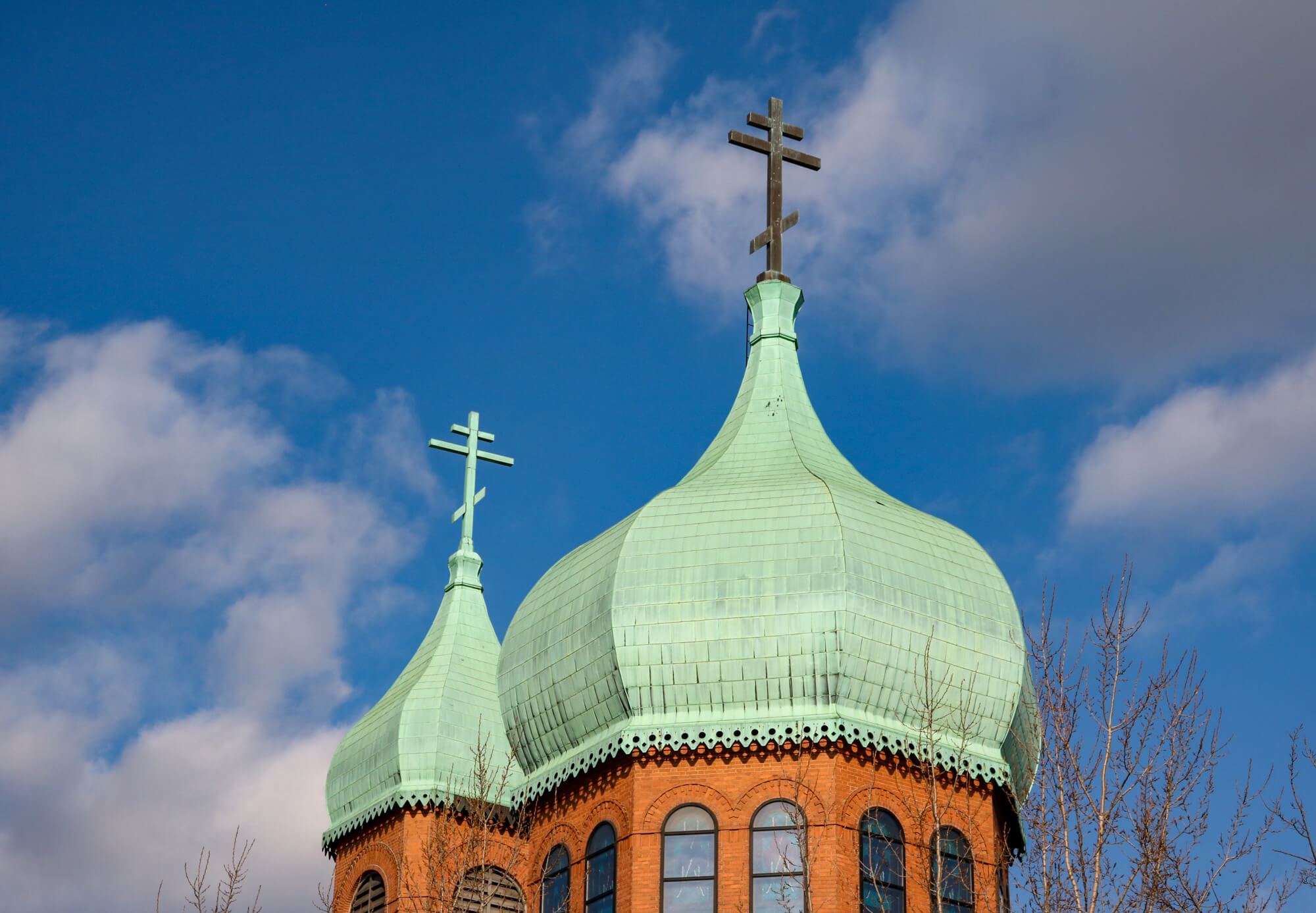
Like many European immigrant groups, a sizable population of people from Byelorussia, which today is called Belarus, came to New York during the end of the 19th century. They came for the same reasons most people immigrate to the U.S., for economic opportunity, and a chance to have a better life. Some of the Byelorusians in this first migration were Jewish, but many more were Russian Orthodox Christians. They had all been peasants in the Old Country, but here became factory workers and other blue collar workers making their way up the economic ladder.
Immigration officials of the day tended to not see smaller regional ethnic groups as they self-identified, so many of the census and official records of the day list the Belarusians as either Polish or Russian. But they had their own culture and traditions, and in 1909 they founded the Holy Trinity Russian Orthodox Church.
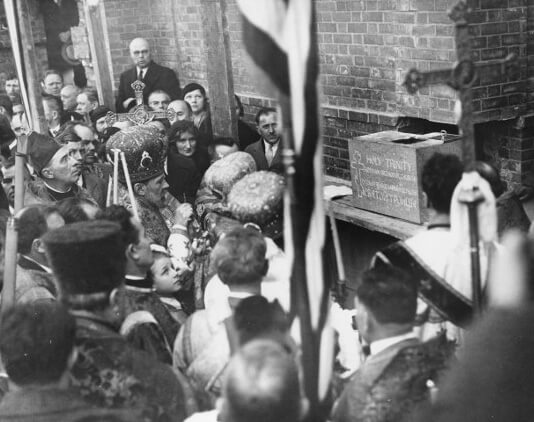
As the church grew, and the parishioners became more prosperous, plans were enacted to build a traditional onion-domed church in the middle of their community at 400 Glenmore Avenue. The church, designed by Roman Meltzer, was built in 1935, when the Belarussian community in East New York was at its peak.
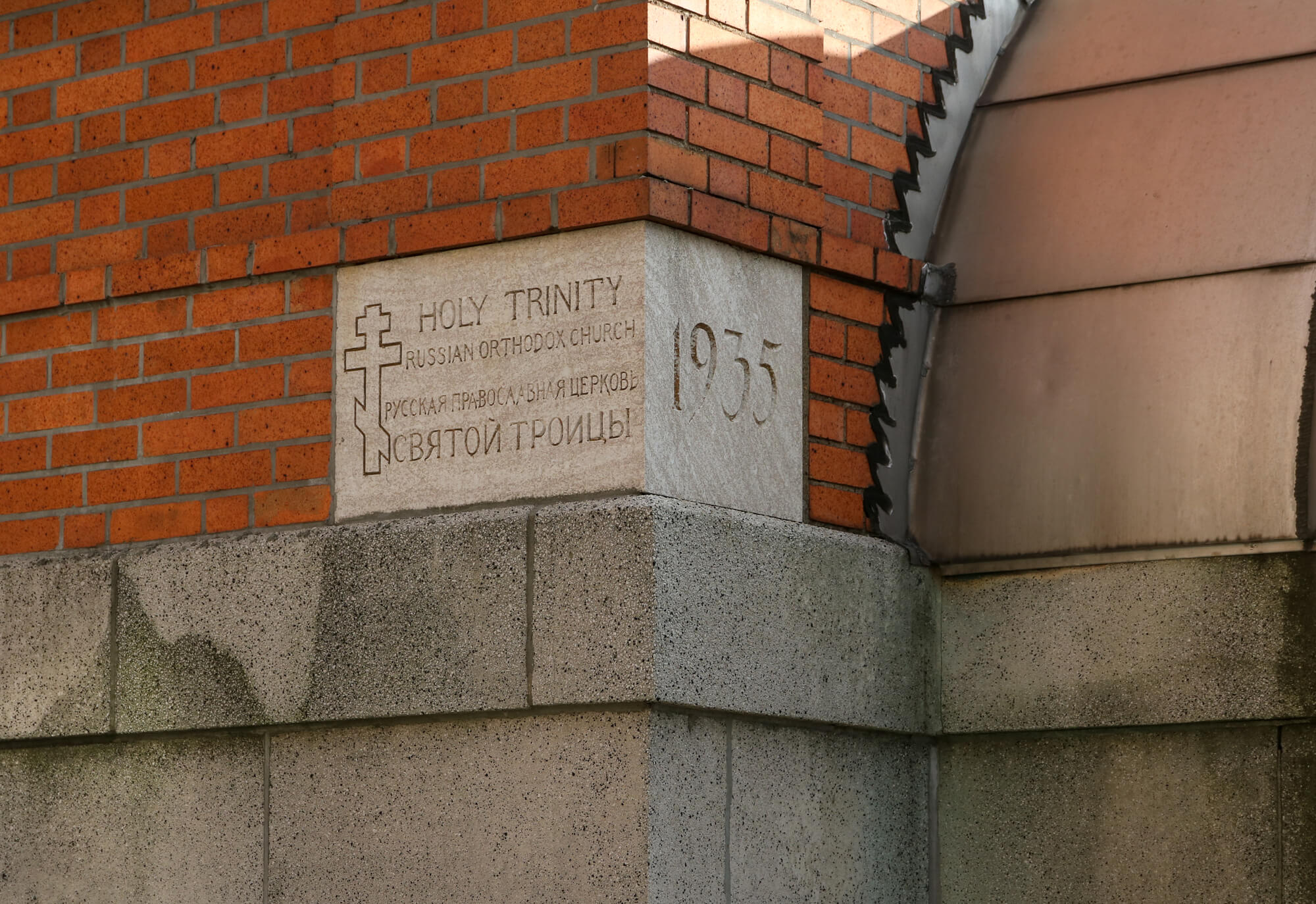
In the 1950s, the murals on the ceiling and around the interior of the church were redone by artist Pimen M. Sofronoff, one of the most important Orthodox iconographers of the 20th century. He was born in Estonia in 1888, apprenticed at the age of 12, and after the fall of the Imperial Russia, in 1917, settled in the Balkan states, where he worked for over 30 years. He was commissioned to paint icons and murals for a Byzantine chapel at the Vatican, and after which, he moved to the United States. He had several important commissions at Russian Orthodox churches here, among which was the artwork for this church.
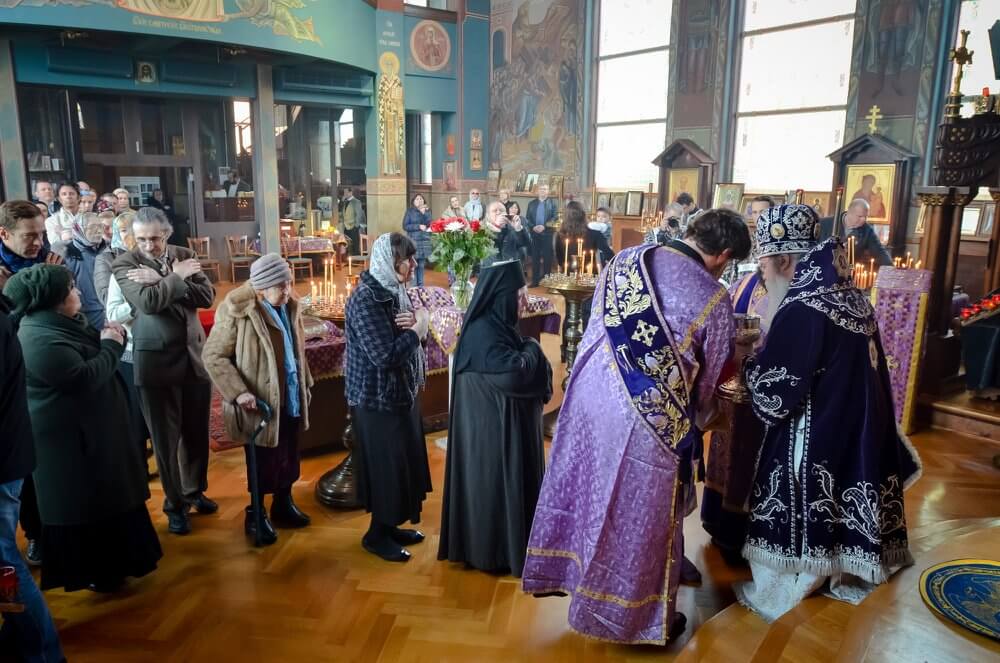
The church thrived through World War II, but as the ethnic makeup of all of Brooklyn’s neighborhoods changed and shifted, the Belarussian population began to move out to other neighborhoods. By the end of the 20th century, the Russian speaking population of the neighborhood had dwindled down to under a thousand, and the church was down to only a handful of mostly elderly parishioners.
In 2001, the Orthodox diocese sent Serbian-born priest, Rev. Vladimir Alexeev, to Holy Trinity. He was only supposed to stay a little while, but then the dioceses told him that if he left, the parish would close. He began to reach out to the new Russian communities of South Brooklyn, to people who grew up with no religious affiliation or education at all in Communist Russia. Many of them wanted to reconnect with the faith of their grandparents, and to a faith that had been forbidden to them, and the ranks of the church began to grow.
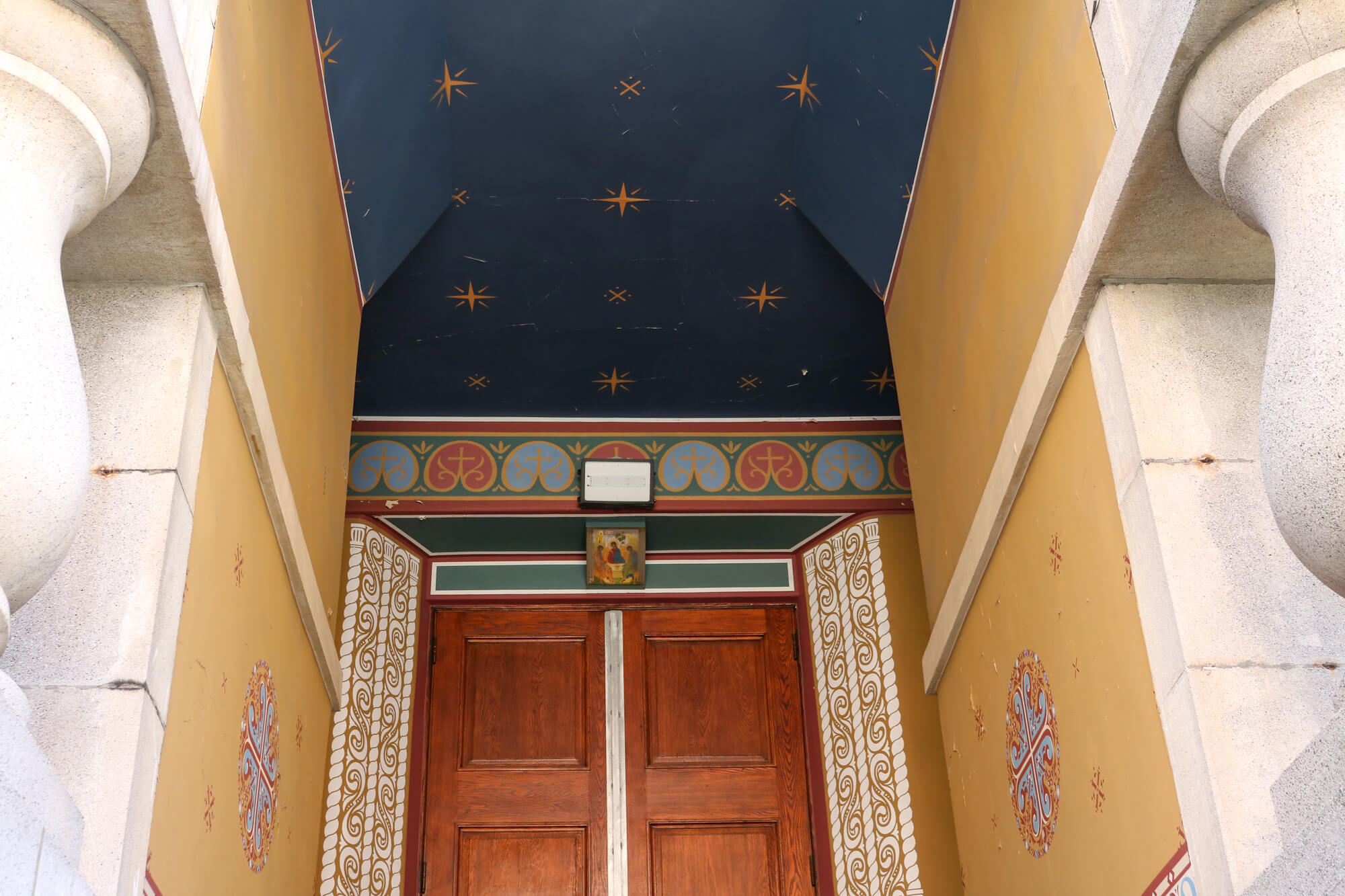
The church also offered them a familiar culture and language in their new land, with Rev. Alexeev often meeting with parishioners to help them navigate in a new country with new languages and laws. In return, the church has grown, with necessary repairs to the building made, and a new spirit in the church community.
Today, where only a small group of senior citizens once stood for the two hour services, a children’s choir and younger parishioners attend as well. The New York Times had a great article on the church, with a great photograph of the interior and a glimpse of the interior mural work by Pimen Sofronoff.
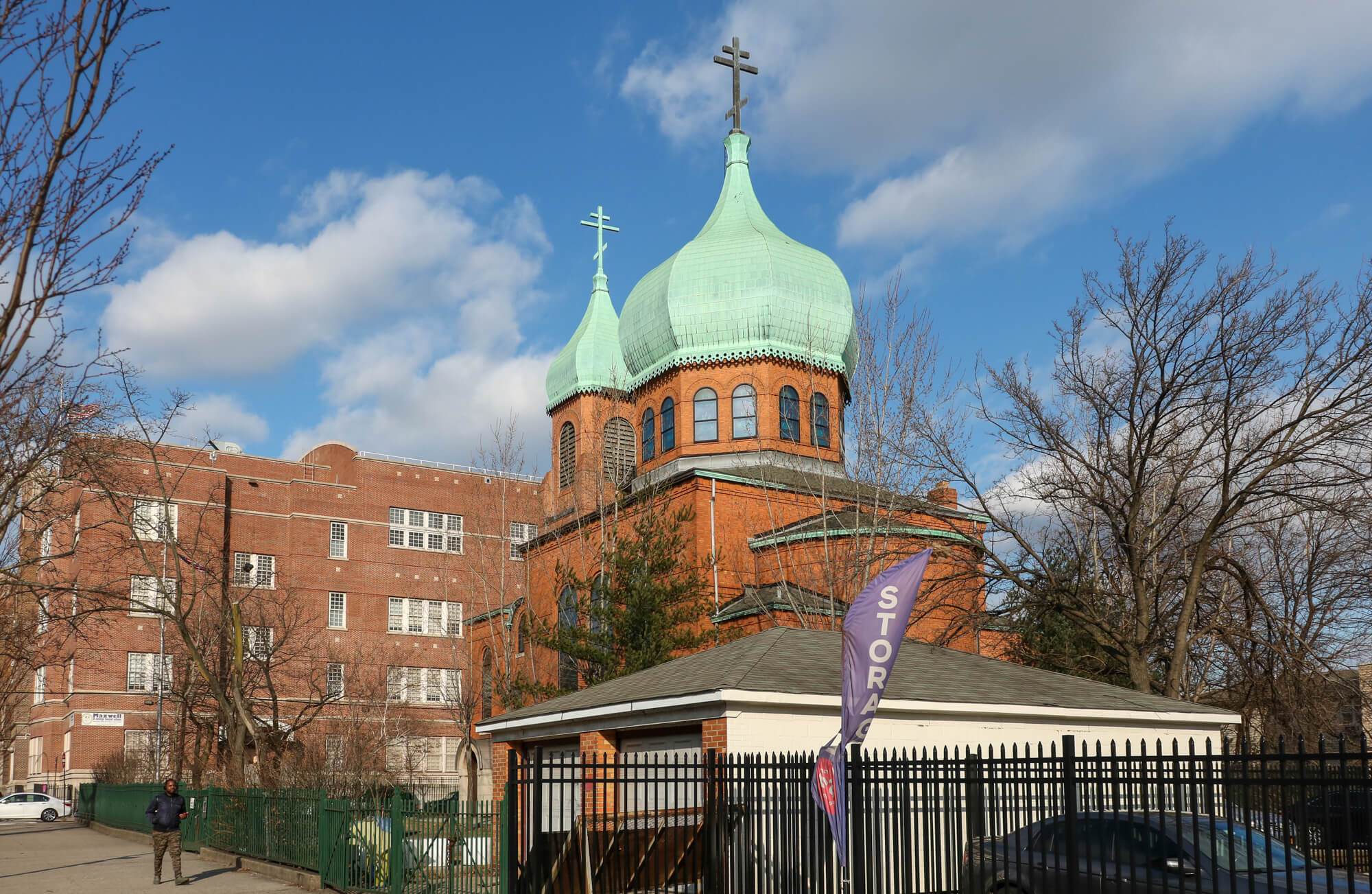
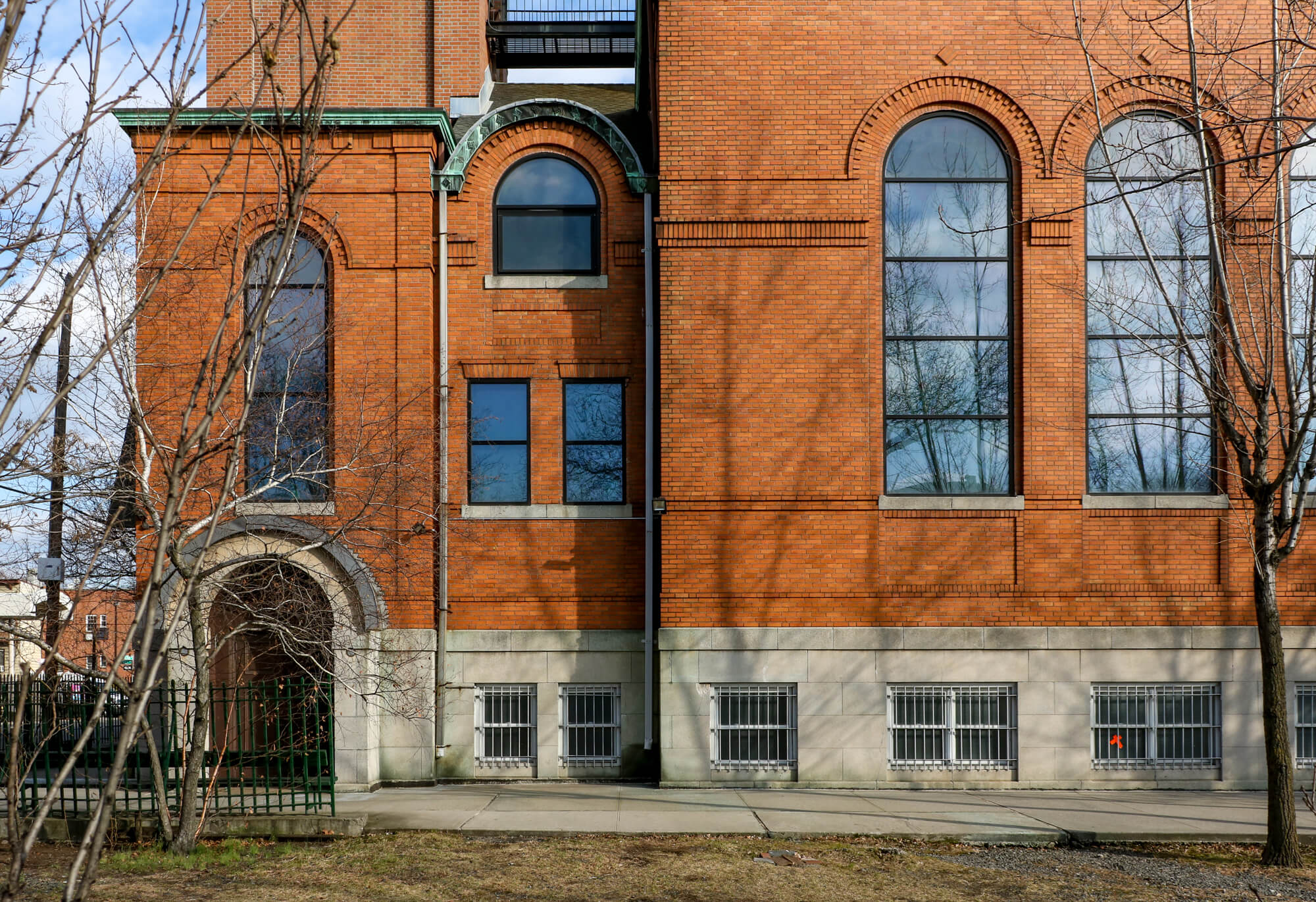
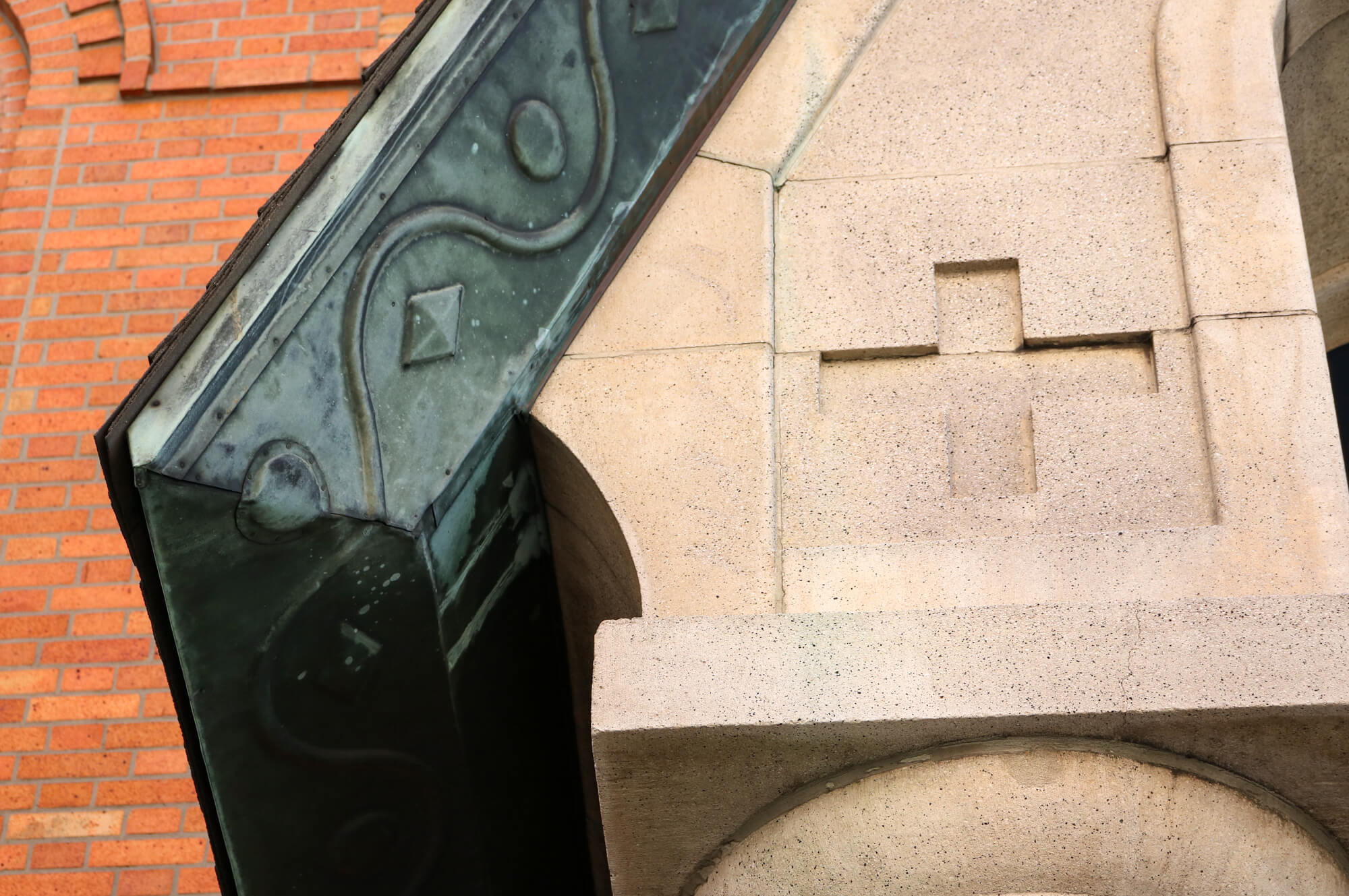
[Photos by Susan De Vries unless noted otherwise]
Related Stories
- Preservationists Thrilled East New York’s Empire State Dairy Landmarked, Say More Needs Saving
- Spotting Cinderella From the J Train
- The Business Hub That Never Was: How East New York Got Its Name
Email tips@brownstoner.com with further comments, questions or tips. Follow Brownstoner on Twitter and Instagram, and like us on Facebook.


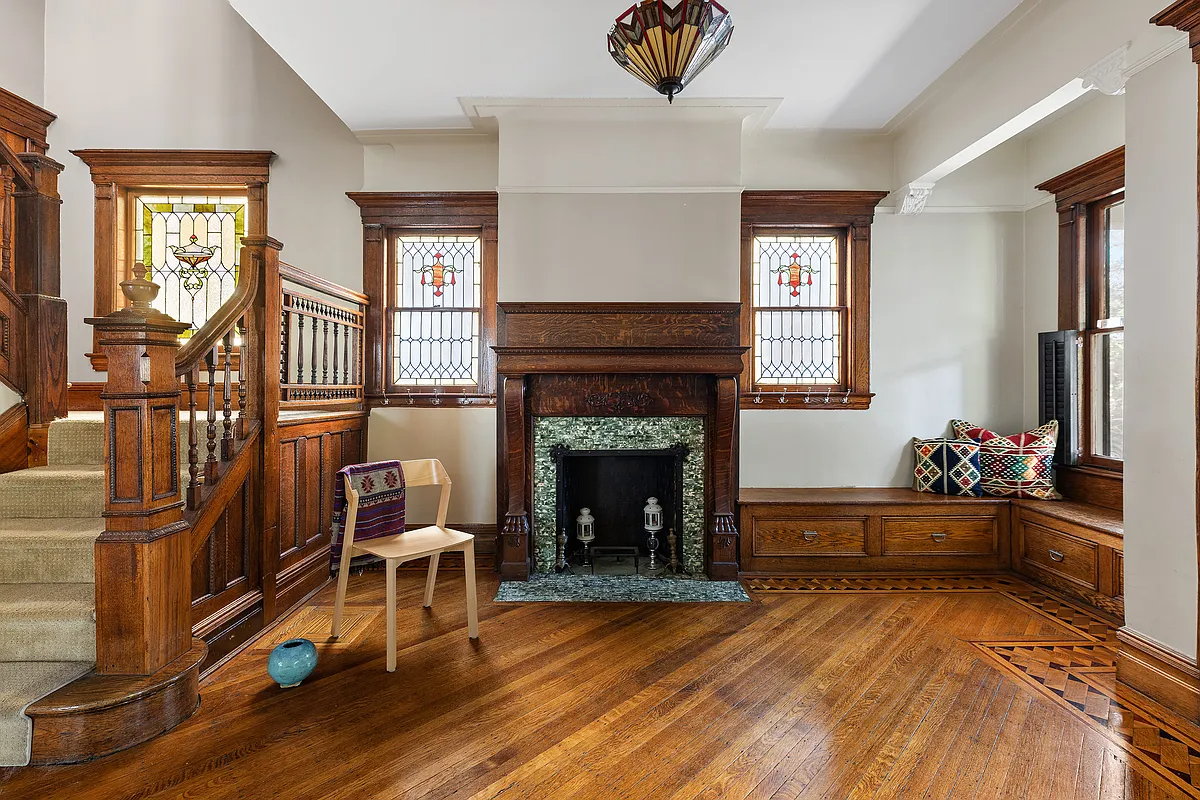
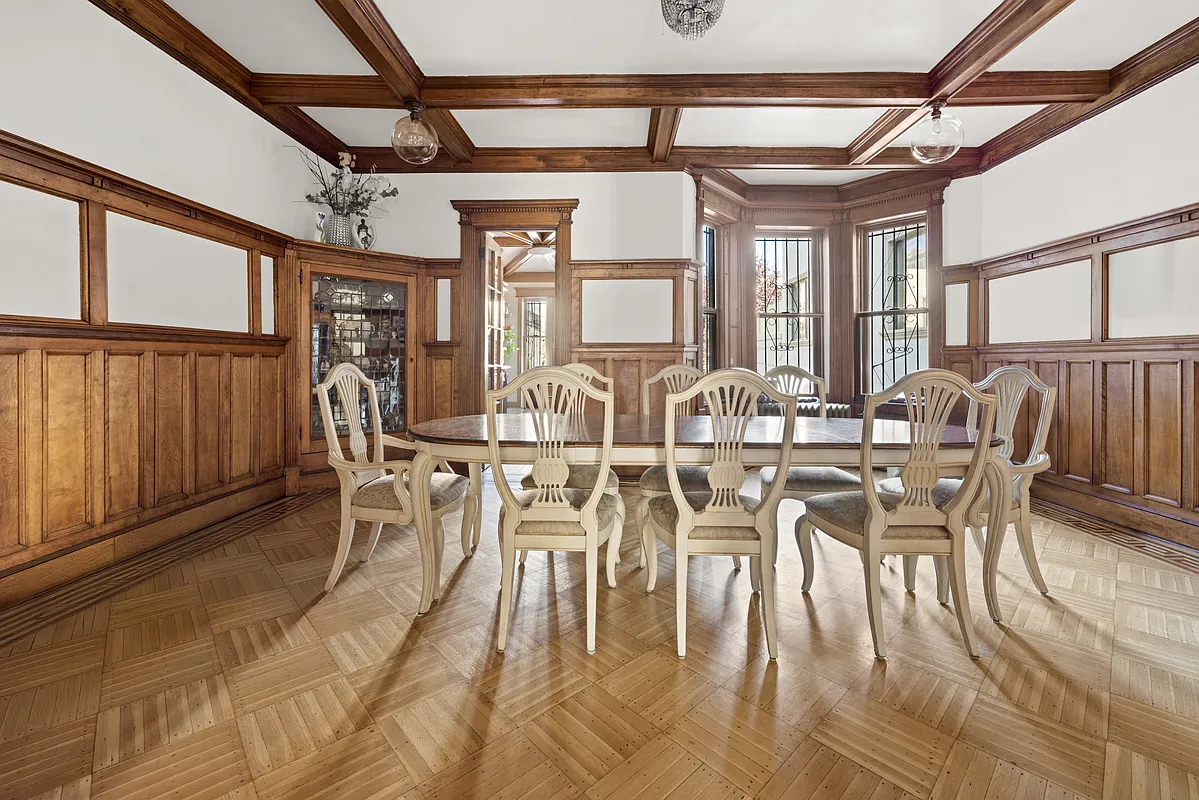
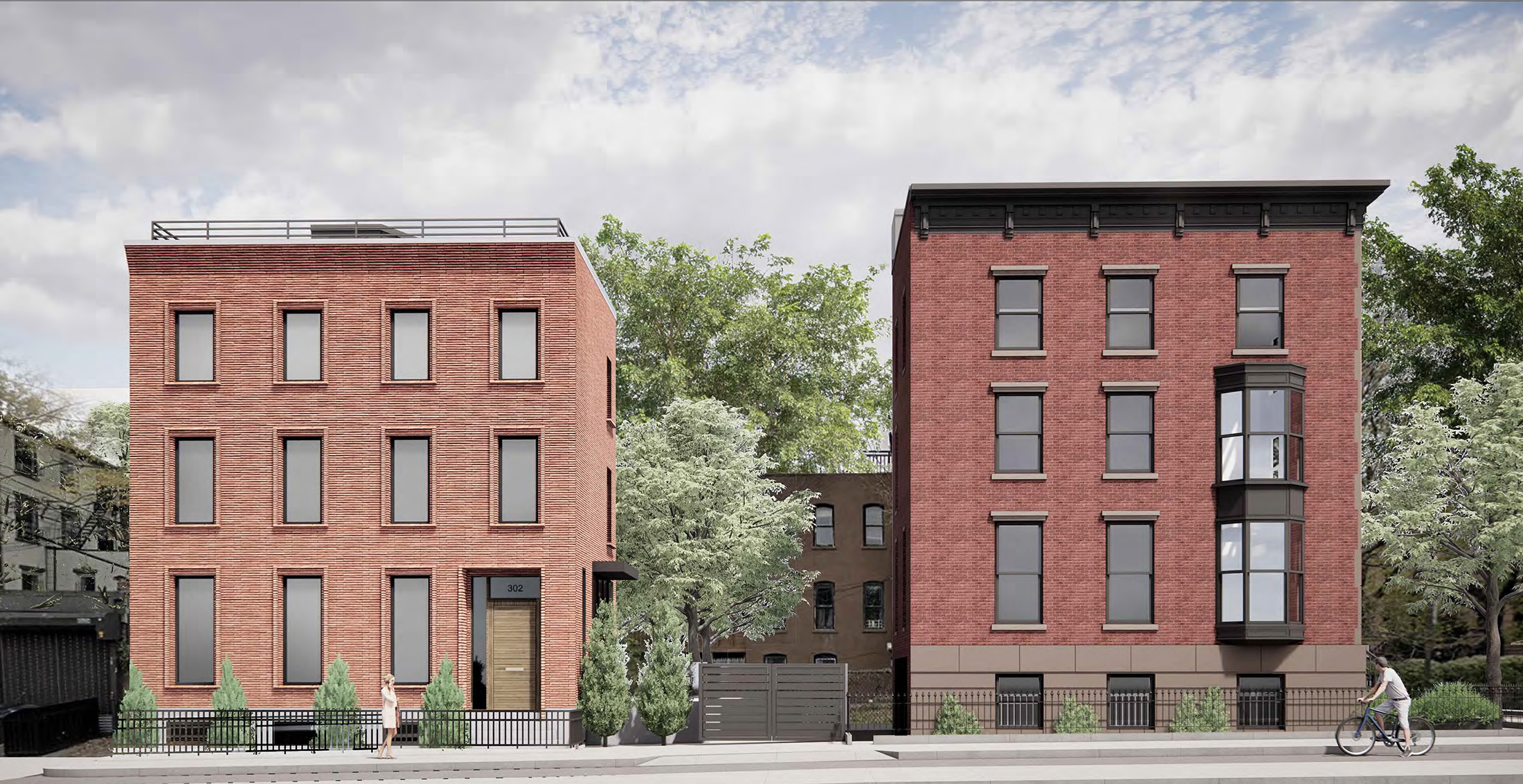




What's Your Take? Leave a Comment